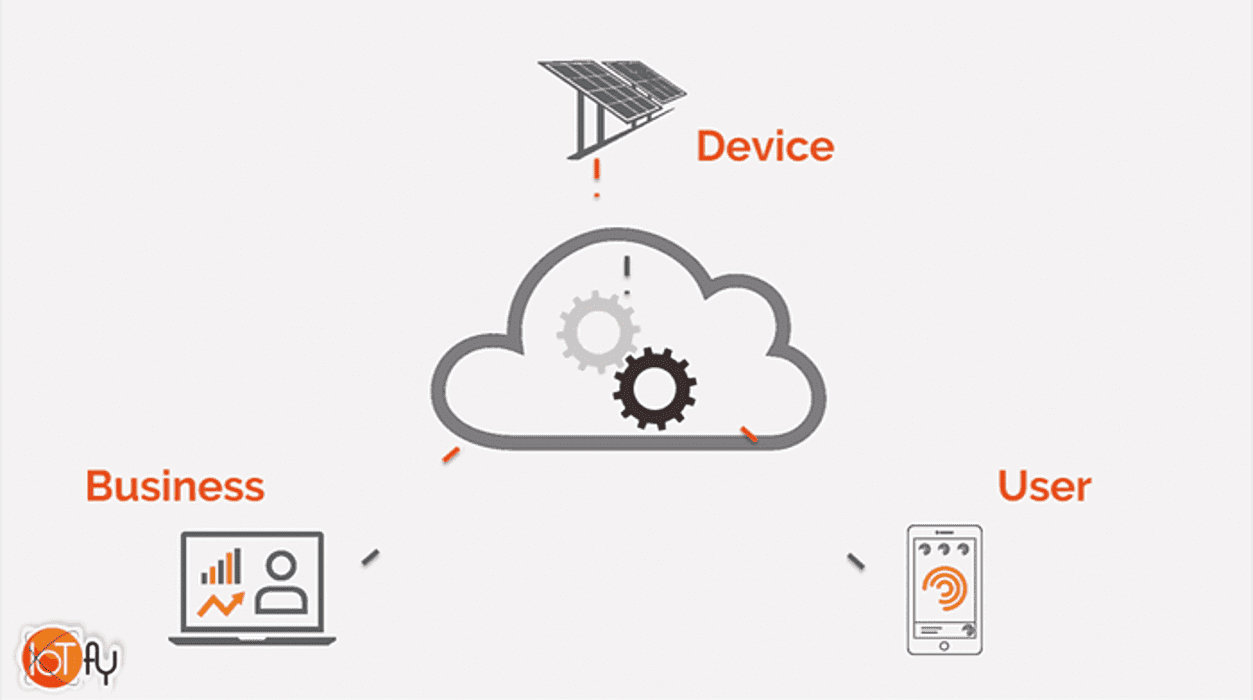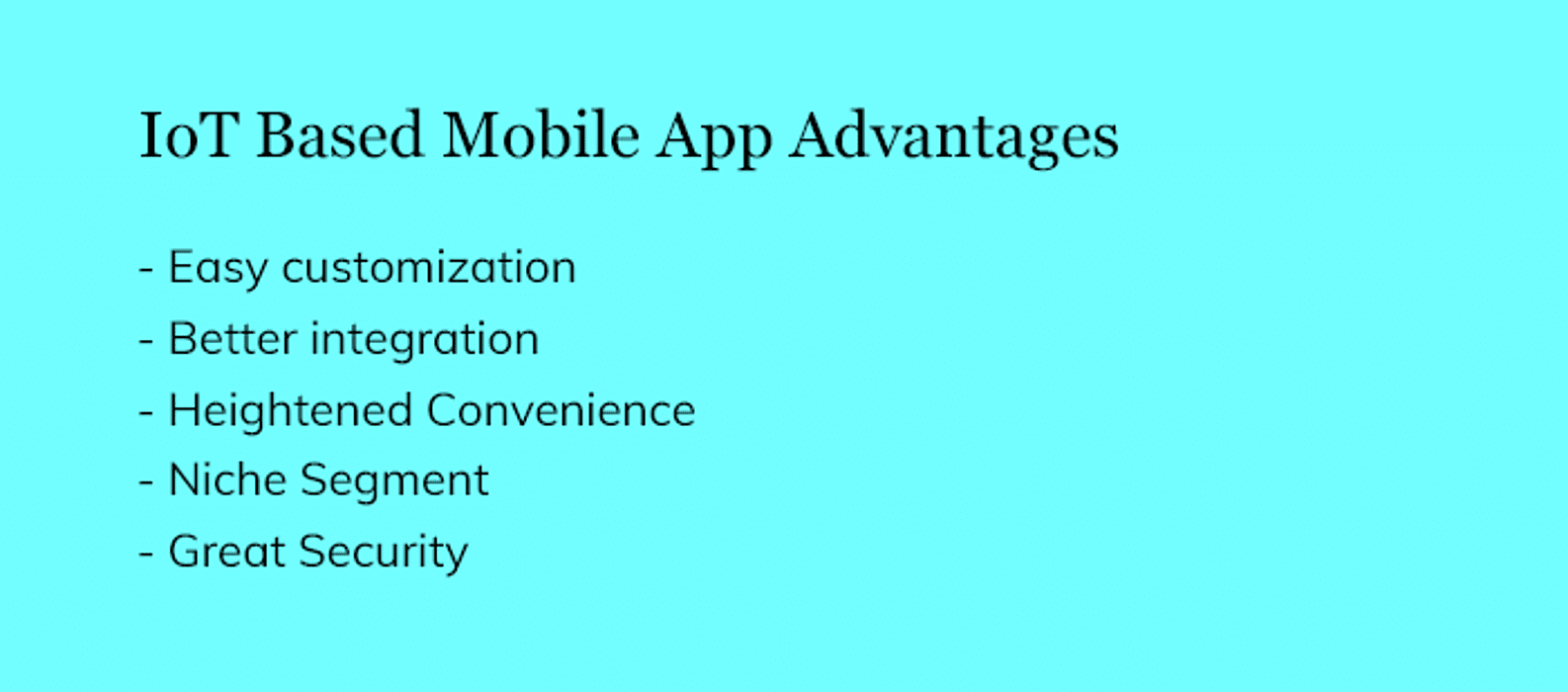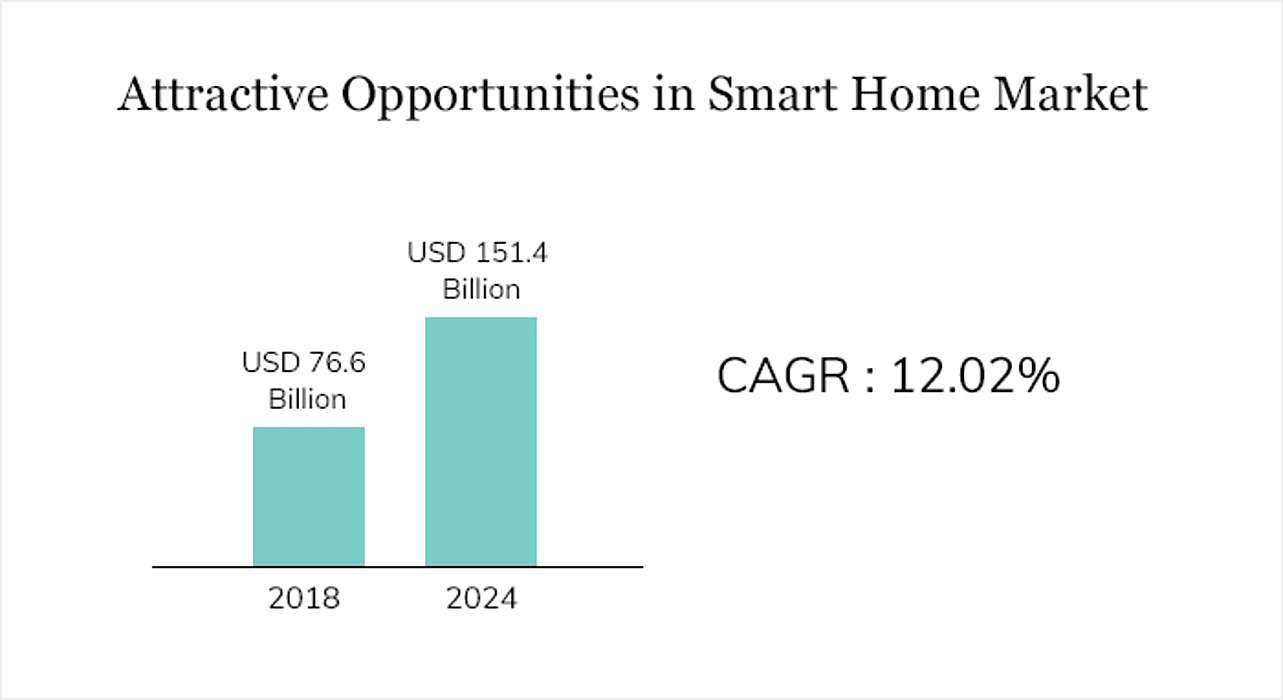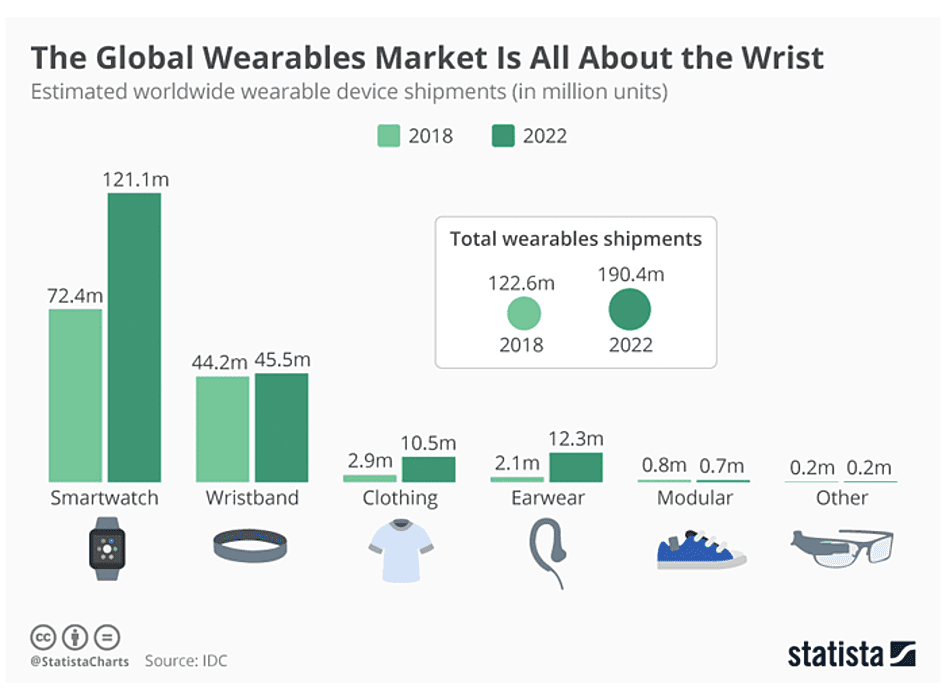

Internet of Things or IoT is no longer a buzz in the mobile app industry. WIth time, IoT has become a part of our lives and we are engaging with IoT devices even without knowing about it.
As anticipated, more than 26 billion devices will be connected by 2020, which will keep a close track on our movements and actions, even without being an interactive part.
Eric Schmidt, the President of Google at the World Economic Forum (WEF), said,
the IoT “will always be a part of our presence.”
Presently, there are many IoT devices out there which can be controlled using a mobile phone. It further generates an opportunity for mobile developers across the globe to develop new apps.
In regard to this finding, Tesla, an American automotive and energy company owned by Elon Musk, has already placed their point across the table that a car can be controlled using a mobile app.
Interestingly, it is just the beginning of the IoT era and going forward, more and more things can be connected to IoT like smart TVs, coffee maker, vacuum cleaner, music system, wearables, etc.
Let’s know more about IoT meaning.
What is IoT With Example?
The Internet of Things definition can be explained as a huge database connected over various devices. Such smart devices trade information through sensors, electronics, system networks, and hardware.
The connection between devices can occur between various physical objects, for instance, in office/home space. Some examples of appliances with IoT integration are light fixtures, smoke alarms, etc., mainly devices that users can connect with any other device or directly to the Internet.
Another example of such devices is 'Smart Things,' i.e., smart gadgets that can be easily accessed and even controlled from a remote location. These smart things are currently being used in a wide range of industry verticals which include healthcare, entertainment, education, and transportation as well.
Take a look at the region-wise share of IoT in the coming years.

Why IoT Matters?
In short, the Internet of Things is explained as a device connected over the internet that can send information or receive information and it makes a device smart. Like our smartphones, which can communicate with other devices over the internet.
We have the freedom to listen to our favorite track, even if it’s not on the device. It means, the song is stored somewhere in the world, and by retrieving that data, we are able to get the song.
In short, to be a smart device, it doesn’t matter if it has super storage or not, but it should be able to connect to super storage or a supercomputer. That makes a device smart.
The role of IoT applications is growing day by day and in recent times, the healthcare sector is getting huge benefits of the IoT applications. The US is the top country that is making the most of IoT in the healthcare department by assisting immediately in emergency situations.
Due to its wide range of applications, ‘Top Internet of Things (IoT) App Development Companies’ are trying to chip in with the IoT technology in more apps.
In the Internet of Things ecosystem, devices connected to the internet is differentiated into two categories:
1. Collect and Send Data
Any device connected over the internet requires data first and for that, it requires sensors like motion sensors, moisture sensors, light sensors, temperature sensors, and air quality sensors.
The best example of this category is the sensors used in the agricultural sectors. If a farmer is aware of the moisture content in the soil, he can water the plants accordingly.
2. Receive and Act on Data
After collecting data, the next step follows is to act on that data. For instance, we can open the door of a car by giving the command through a mobile app.

How Does IoT Work | How Does Internet of Things Work
Now we know that IoT devices require data to communicate among multiple devices that have built-in sensors and are connected to IoT platforms. These devices store data from the connected devices and the required data is extracted when to perform a specific task.
However, one thing needs to be understood that all the data stored in the IoT platforms are not useful. In one transaction, the device retrieves only the useful information and the rest of the data remains intact.
Such data can identify recommendations, detect patterns, and glitches before it occurs. Thus, IoT based apps work with smart devices that can automate tasks for specific tasks.
It’s crucial that mobile app developers should take due note of the connection strength in the area for which they wish to develop the app because IoT mainly depends upon the connecting medium.

IoT devices are virtually all around us. If connected to the web, IoT devices can freely communicate with devices like smartphones and make their decisions. It allows the connection of multiple devices if shared in a smart environment. The communication of IoT devices is called machine-to-machine (M2M) communication.
Following are the two significant components of the Internet of Things:
- Sensor Network: It includes devices which can monitor the surroundings and gives real-time traffic. Under the Sensor Network, there come devices like regulators, energy sensors. Weather sensors, and more.
- Smart Control: These kinds of devices have data control, which then manages the environment. It thrives on the data collected through sensor systems to manage the environment. For instance, there are doors that can be opened remotely through an app.
The convergence of IoT devices will result in smart energy conversation, smart buildings, smart homes, efficient manufacturing, and intelligent autonomous vehicles.
Why to Integrate IoT Solutions in the Mobile Apps?
The best tool which can be used to properly harness the benefits of IoT solutions is the mobile phone. There are currently over 2.6 billion smartphone users in the world and the market analysis shows that smartphone users will increase considerably in the years to come.
In addition, accessing IoT solutions via mobile apps is logical because mobile apps development is inexpensive. This makes them even more accessible. Also, they offer a more flexible platform for transmitting data compared to web apps.
IoT development in mobile apps facilitates the remote control of other smart gadgets using a single mobile device. Remember that all the devices have been assigned their unique IP addresses and they are all connected to the internet.

Even mobile app marketers can enlist IoT technology to promote apps in a much better way.
Benefits of The Internet of Things Based Mobile App
IoT has a lot of advantages that are already being harvested by various industries. Here are some of the benefits of IoT based mobile apps that make it a top pick among the developer community:
1. Easy customization: Thanks to IoT technology; customization can be done on mobile enterprise apps. The connected devices can be catered by the developers during the time of app development and it makes it a bridge between IoT and system.
2. Better integration: The mobile app offers an excellent platform to incorporate new features and with the emergence of technologies like AR, VR, and Machine Learning, it has become more exciting. However, for best results, a mobile app developer with IoT expertise is required for proper implementation.
3. Heightened Convenience: IoT mobile application development is sure to add more convenience to the users. The entire IoT network can be controlled by a smartphone, which can increase the overall efficiency.
4. Niche Segment: IoT can systematically cater to a niche market by offering IoT-based mobile app solutions and introducing it to the industries which haven’t embraced it yet.
5. Great Security: IoT works on a personalized data network and IoT applications are bound to enhance the mobile app development services and security. It will also keep hackers at bay by adding more security laters.
Applications of IoT in Mobile Apps
1. Smart homes
The smart home is one of the best examples of IoT driven applications. Who doesn’t want their home to be smart and responds as per your needs? With IoT enabled app technology in place, homes can be designed in a way that it controls temperature, lighting, and music on its own. This way, IoT lets you take full control of the environment
Even from a remote location, the user can control devices like a TV show can be recorded just by a remote command and devices like a microwave, coffee machine, and TV can be turned on and off. The IoT apps can also help in monitoring the premise of a building or a house, which make it smart enough.

Credits: marketsandmarkets
The worldwide value of Smart Homes market in 2014 was recorded as $20.38 billion and it’s expected to reach $58.68 billion by 2020 and $151.4 by 2024. The following are the top companies which are heavily investing IoT (Internet of Things) for this market:
- Samsung
- Apple
- Amazon
- Microsoft
- Philips
2. Autonomous Cars
Have you heard about ‘Tesla?’ If not then you better browse about it. Tesla is an American automotive that is into building electric and autonomous cars. Such cars can drive on their own and don’t require a driver at the wheel and for that, autonomous or driverless cars make use of sensors, cloud architecture, maps, gyroscopes, and the internet.
These tech gadgets further utilize data around road conditions, traffic status turns and speed breakers to make decisions. All these sensors and hardware make part of the IoT platforms.
However, it’s still time that we can see fleets of driverless cars in the streets and there are many reasons behind it. The major reason behind the reluctance to embrace self-driving cars is that people don’t feel safe about this new technology, followed by many others.

Apart from Tesla, other companies that are in the race of making driverless cars are:
- Volvo
- BMW
- Apple
- Waymo
- Intel
Though most of the models manufactured by these companies are under development process and still are in the prototype stage, but looking at their futuristic-looking models, we can soon expect to see such cars on the roads.
3. Wearables
The use of wearable devices is already on the rise and the most common wearable is the Fitness tracking gadgets which come in the form of bands, rings, bracelets, and more. Smartwatches from Apple and Android-enabled wearables are common in the market.
Wearables devices are connected to the internet, which helps with the required data. In these devices, sensors detect and record data, which is further processed and then churn out the right information for the user.
The wearable market driven by 'Wearables App Development Companies' is expected to jump from 526 million in 2016 to over 1.1 billion in 2022. These numbers clearly state the relevance of wearable devices in the next five years or so.

Currently, the wearable market is dominated by gadgets that are for the wrist, followed by clothing and earwear. If we talk about wearable shipments in 2018, it stood at $122.6 million and by 2022, it will reach $190.4 million.
Some of the best wearables in the market are as follows:
- Apple Watch Series 4
- Samsung Galaxy Watch Active
- Fitbit Versa
- Amazfit Bip
4. Hotel Rooms
IoT has extensive scope in the hospitality sector. Hotels like Hilton and Marriott have already made use of this excellent technology to enhance the staying experience of their customers. Hilton hotel has replaced card-based keys with IoT mobile apps to enter into a room.
It has added more security for the customer and at the same time, made the process much easier.
Christopher Nassetta, Hilton CEO, said referring to a guest’s smartphone,
“Imagine a world where the room knows you, and you know your room. Imagine a world where you walk in, the TV says, ‘How are you doing, John? Nice to see you,’ and all of your stuff is preloaded and not only preloaded, but the only thing you ever need to touch to control in the room is in the palm of your hand.”
On the other hand, Marriott hotel has rooms called the IoT Guestroom Lab. It consists of two different model guest rooms. The first one is to showcase the room prototypes which are backed by IoT and another room is to show owners and customers how it will experience in hotel rooms with infrastructural changes.
Such rooms will have lights and temperature that can be controlled by IoT mobile apps and it’s going to add more fun to the traveler's stay.
5. Healthcare and Medicine
Healthcare is another vital sector that requires to embrace IoT at a faster pace. As of now, many hospitals are offering medical devices that can help the patient in case of minor issues.
These medical devices are connected to sensors and then the data is transmitted to the app, which is installed on a smartphone. This way, a mobile app set the dosage via pumps and IVs.
According to a research report by MarketResearch.com, the healthcare Internet of Things market share will reach $117 billion by 2020.

The following are the healthcare applications of IoT:
- Chronic Disease Management
- Remote Clinical Monitoring
- Preventive Care
6. Agriculture
With a growing population and an increase in demand for food has compelled the agriculture industry to go for technological advancement and here IoT has emerged as the preferred pick to boost the food supply.
With IoT device sensors in place, farmers can quickly monitor the field information with a mobile app, which is bound to increase the overall productivity. Even drones can be deployed which can track livestock monitoring and smart greenhouse, with the use of IoT devices.
IoT can help the agriculture sector via sensors in the following fields:
- Crop conditions
- Field tracking
- Temperature
- Humidity
- Soil condition and more.

7. Connected Kitchens
Compared to other sectors, connected kitchens have not employed much use of IoT technology in digital business opportunities.
Gartner’s Satish R.M said,
“The connected kitchen creates digital business opportunities at several levels in the food supply chain and retail food service.“A real-time inventory data collection from sensors related to kitchen ingredients enables automated generation and ordering of shopping lists, resulting in a streamlined and efficient inventory and optimised supply chain management.”

According to a report by Information Age, the connected kitchen alone will contribute at least 15% savings in the food and beverage industry by the end of the year 2020. These statistics represent the importance of the application of IoT in dominant sectors across the globe.
What are the Components of IoT platforms?
The IoT functioning depends upon four fundamental components, which make it a more reliable platform. Following are the IoT components:
1. Sensors/ Devices: Sensors are necessary to track all the details of an environment. Some environments can be complex and IoT sensors are efficient enough to pick even the minor changes. These sensors are packed in smart devices, which can collect data on demand. The best examples of such sensors are GPS and camera.
2. Connectivity: After collecting the data, it is required to be transferred to the cloud platform and it can be done using a medium. Here comes the use of connectivity mediums like Bluetooth, Wi-Fi, WAN, and cellular networks. Each one of these mediums has their specialization and hence, should be employed accordingly.

3. Data processing: After collecting data and transferring it to an IoT structure, then comes the need to process the data. By analyzing data, the further decision can be made. Nowadays, IoT apps are designed in such a way that they can immediately process the data and take action appropriately.
4. User interface: The last step is to notify the user about the development and for that, the system needs to send a notification or an alert sound from the IoT app. Some apps are developed in such a way that, it doesn’t require user interference and run commands on its own; in the meanwhile, it also notifies the user about the new updates.
Wrapping Up
The internet of things is a splendid technology that needs more harvesting. It can help in creating a smart environment where data exchange will make our tasks a breeze.
With its ever-growing use, the IoT market is expected to jump to $1.7 trillion by 2020. Within one year, the number of IoT compatible devices will be 21 billion from the current number of 5 million. These stats itself describes the huge potential IoT technology holds.
But as compared to other technologies, the internet of things is still a relatively new concept and it has some limitations as well, which app developers need to keep in mind.
For a quick review, check out the advantages and disadvantages of IoT below:
Pros of IoT:
- Automates daily tasks.
- Help in saving time and money.
- Upgrades the work quality.
- Significantly reduces human labor.
Cons of IoT
- Lack of security of Information.
- It can be complex sometimes.
- It can increase technology dependence.
At last, we can assume that the present value IoT brings to the table is enough to overlook its disadvantages because of the control IoT environment provides to the user. In the coming years, IoT is here to stay for sure.
Do let us know your views on the emergence of IoT and what do you think it’s going to change our work environment. For more updates on technology, stay tuned to ‘MobileAppDaily’ and for that, do hit the ‘Subscribe’ button.














